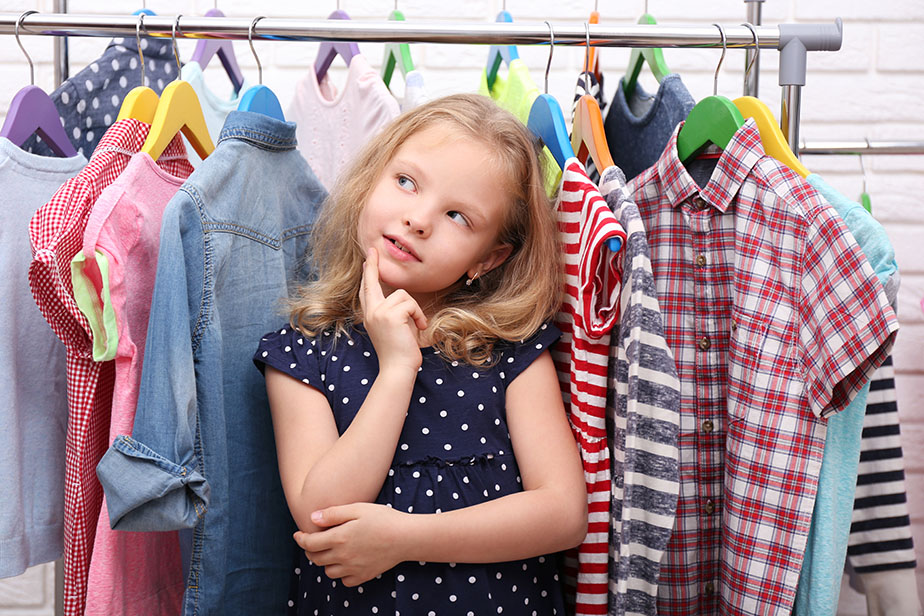
Extending eco-friendly practices to children’s fashion is a natural and impactful step in a world increasingly focused on sustainability. Choosing environmentally conscious clothing for kids contributes to a healthier planet and instills values of sustainability and responsibility from a young age. Here’s a guide to help parents choose eco-friendly fashion for their little ones.
Embrace Organic Fabrics
Opt for clothing made from organic materials, such as organic cotton, bamboo, or hemp. These fabrics are grown without synthetic pesticides or fertilizers, promoting healthier ecosystems and lessening the environmental harm that conventional cotton cultivation causes.
Prioritize Non-Toxic Dyes
Traditional textile dyeing methods frequently use dangerous chemicals that can be hazardous to the environment as well as human health and children’s sensitive skin. Look for clothes coloured with non-toxic, natural dyes to ensure that the manufacturing process is as gentle on the planet as it is on your child.
Seek Sustainable Brands
Research and support brands committed to sustainable and ethical practices. Seek certifications like OEKO-TEX or the Global Organic Textile Standard (GOTS), which ensure that the clothing meets specific environmental and social criteria. Many sustainable brands also prioritize fair labor practices and ethical working conditions.
Choose Timeless Styles
Opt for classic and timeless styles that withstand changing fashion trends. By choosing durable and versatile pieces, you extend the lifespan of each garment, lowering the total environmental effect of producing and discarding fast fashion items.
Emphasize Quality Over Quantity
Invest in high-quality clothing that can withstand the wear and tear of active kids. While eco-friendly fashion may have a higher upfront cost, the longevity and durability of well-made pieces often justify the investment. This approach not only minimizes waste but also teaches kids the value of responsible consumption.
Consider Second-Hand and Upcycled Options
Explore second-hand and upcycled clothing options for kids. Thrifting or swapping clothes with other parents not only extends the lifecycle of garments but also reduces the demand for new production. Additionally, upcycled clothing repurposes materials, contributing to a circular and sustainable fashion economy.
Educate Kids on Sustainable Fashion
Involve children in the decision-making process and educate them about the importance of sustainable fashion. Encourage them to appreciate the value of environmentally friendly choices and explain how their decisions can make a positive impact on the planet.
Support Local Artisans
Explore local artisans and independent designers who prioritize sustainable practices. Supporting local businesses not only reduces the carbon footprint associated with transportation but also fosters a sense of community and connection to the people behind the clothing.
Mindful Care Practices
Instruct children on the value of taking good care of their clothes. Show them how to mend, repurpose, and care for their garments to extend their lifespan. Instilling a sense of responsibility for their belongings contributes to a mindset of sustainability.
Embrace Minimalism
Encourage a minimalist approach to kids’ wardrobes by focusing on essentials and avoiding unnecessary purchases. A curated collection of versatile and eco-friendly pieces ensures that each item gets ample use, reducing the need for excessive consumption.
Choosing eco-friendly fashion for kids is a thoughtful and impactful way to promote sustainability within the family. By making conscious choices in the clothing we purchase for our children, we not only contribute to a healthier planet but also instill valuable lessons about responsible consumption and environmental stewardship from a young age.